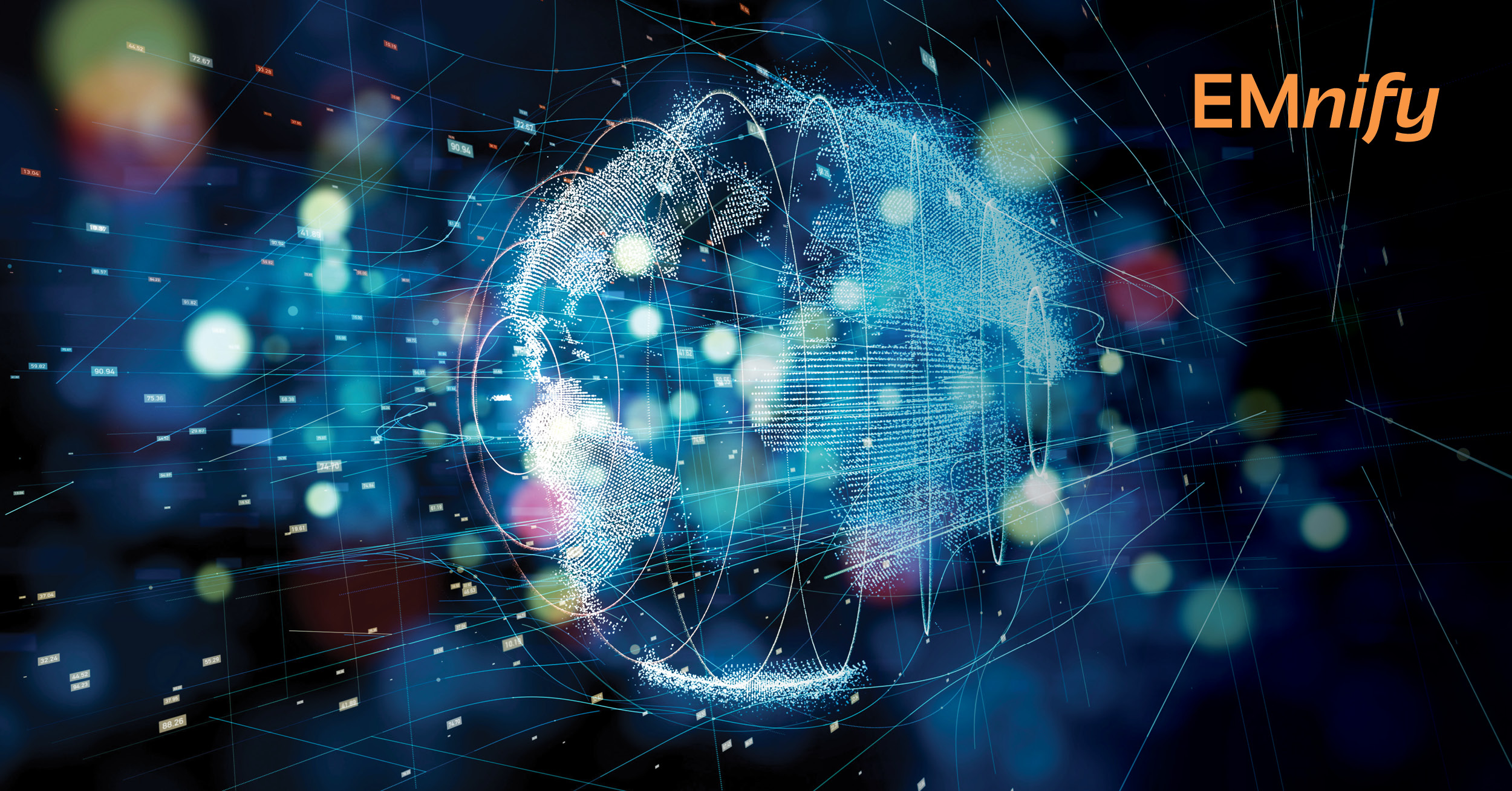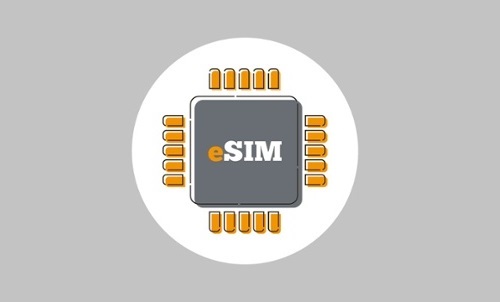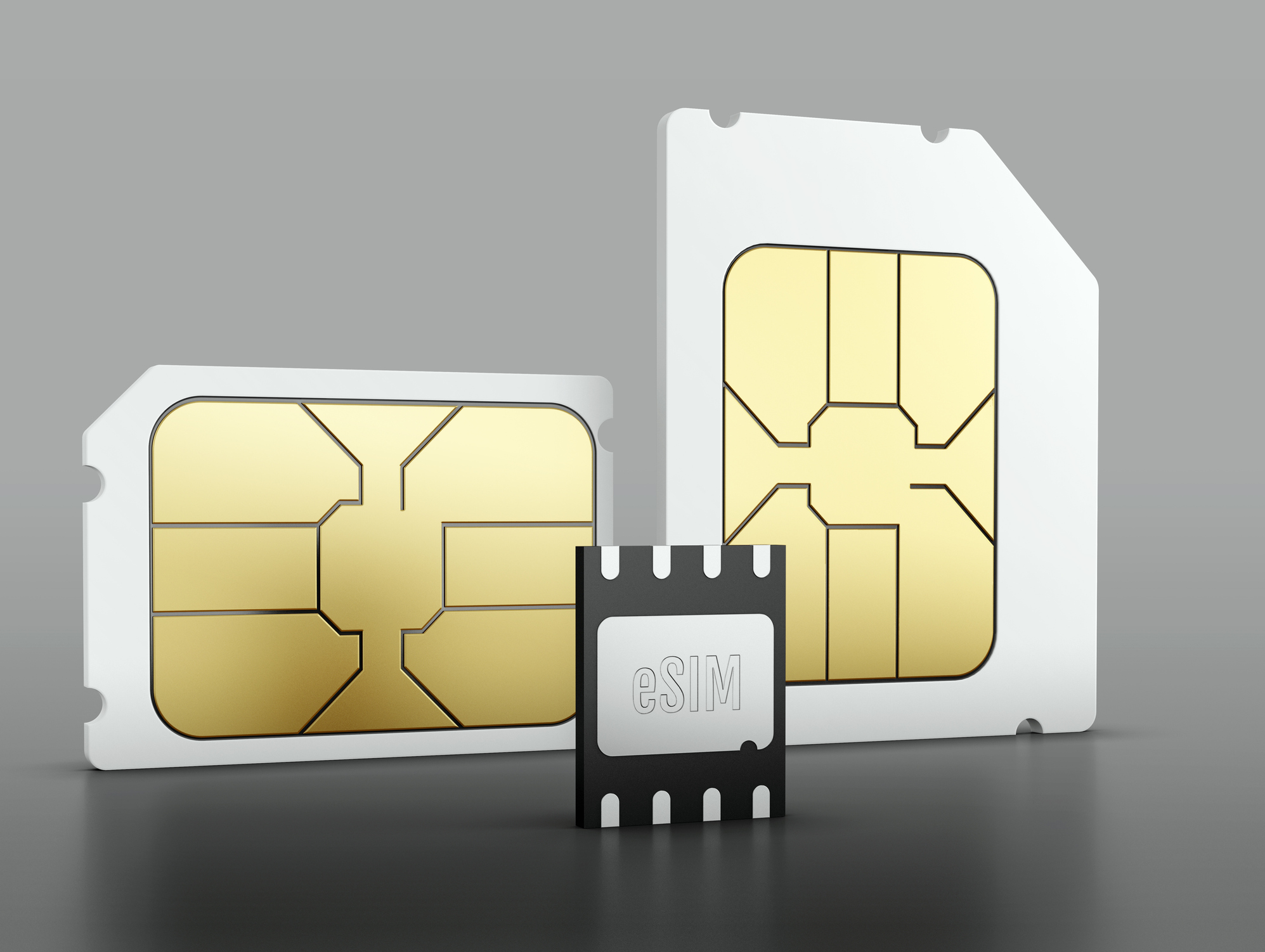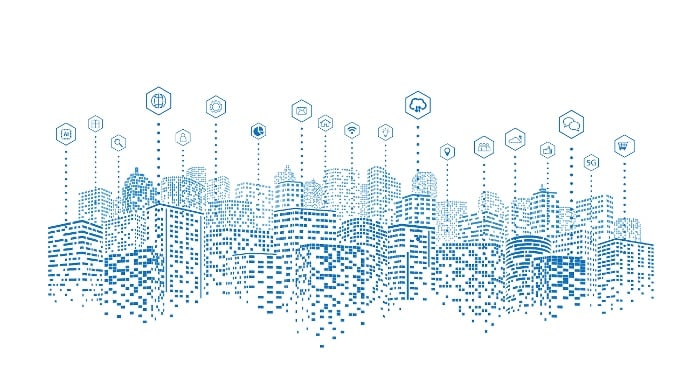

This technical article highlights three of the biggest myths in the IoT world today, and the truths behind them.
Myth 1: "IoT is a product!"
It is not uncommon to hear the IoT referred to as a product. Newcomers in the field of digitization are especially guilty of fueling this myth. As the IoT is not yet sufficiently detailed, many refer to “buying” the IoT product.
In reality, the vastness of the IoT and all that it offers obviously means this is impossible. You cannot just buy IoT. The IoT is a technological method that ultimately enables completely new potential in terms of automation and digitalization. Of course, it is the case that the so-called “things” are networked in the IoT and these things are objects of use and consumption. Thus, the "things" can be purchased. However, it is the holistic concept of interconnectivity that gives the Internet of Things its power. Indeed, the IoT creates its own ecosystem of connected devices with access to platforms and services. This ecosystem brings great value to the IoT. No matter how large and complex an IoT becomes within a company, it will never be possible to attach a price tag. In the end, the financial benefit is reflected in the company's key figures.
The IoT is designed for the future for a completely new, optimized way of running essential business processes. It is so much more than a purchasable addition to the existing corporate world.
Myth 2: "IoT is all about sensors!"
The popular definition of the IoT already points to this myth: The Internet of Things deals with the networking of intelligent devices using built-in sensors – but there is much more to the IoT than sensors. From a technical point of view, it is thanks to the sensors in the end devices that the “things” are able to be networked with each other. However, there is another aspect that plays just as important a role as the sensor technology: data analysis and processing. The IoT has no point if data is simply collected via sensors and that's it. The real benefit comes only when the raw data is transformed into usable data from which insights can be derived. This requires IoT platforms and analysis tools. For example, artificial intelligence can be used to analyze large amounts of data and pave the way to completely new business models and revenue streams.
A practical example is a machine in a factory. The machine has installed sensors that measure, for example, the oil level or the temperature of the machine. These sensors are the end devices in an IoT ecosystem. However, this ecosystem also consists of analysis applications, which evaluate and process the data collected from the oil level or temperature in a suitable manner. The processed data makes it possible to carry out real interactions at the same time. For example, the oil level of the machine can be shown in a graph 30 days in the past. Based on the falling number of oil levels, forecasts can be made as to when maintenance is due. Otherwise, the temperature data could be displayed with live key figures and as soon as a certain temperature level is exceeded, a production employee receives an alarm notification on his smartphone.
The application scenarios are diverse. The IoT reaches its true potential if other data points are included in the mix, regardless if financial data, maintenance plans, personal data and external factors such as weather and traffic reports. The sensors supply the data, but they are only the beginning of a successful IoT solution - the data must be processed, analyzed and used in a meaningful way.
Myth 3: “One day, IoT will do my job!”
Robots are more efficient than humans, but can they replace us at work? Many workers fear that one day they will lose their job to a robot, machine, or software. Particularly among older generations of employees. This myth might not be 100% false, but it is crucial that it be interpreted correctly.
The robot, the machine or the software may take over automated work in the medium to long term. In addition, they will also intervene in areas that cannot be determined using clear sets of rules and are therefore not necessarily routine work. The reason for this is that the IoT is available as an application in combination with artificial intelligence, and thanks to appropriate algorithms and learning patterns, more extensive activities can be carried out. However, machines cannot replace complex processes.
In practice, this means that while some roles involving routine predictable tasks may be automated, other roles will be created to accompany this automation, as new professional fields will also arise. While technology can perform certain tasks in the world of work, technology must be maintained, supervised, optimized and monitored - this is the case for the IoT as well as many other sectors. What is clear is that people will continue to develop the software and algorithms required to enable new solutions.
Myths aside - the IoT potential is real
Whatever your use case: reliable, secure and global cellular connectivity can be a huge differentiator when it comes to IoT success. Security, in particular, is a very real matter to take seriously when it comes to successful IoT solutions. To find out more about what security features you should expect from your connectivity provider, download the emnify Guide for Cellular IoT Security. If you have any questions cellular IoT connectivity, IoT security or the cloud native approach, then talk to one of our experts via the chatbox on the bottom right of this page.
Get in touch with our IoT experts
Discover how emnify can help you grow your business and talk to one of our IoT consultants today!
David Garcia brings his passion and over 8 years experience in IoT/IIoT to Product Marketing, along with Extensive experience in Utilities, Energy, Transportation, Manufacturing vertical markets.


